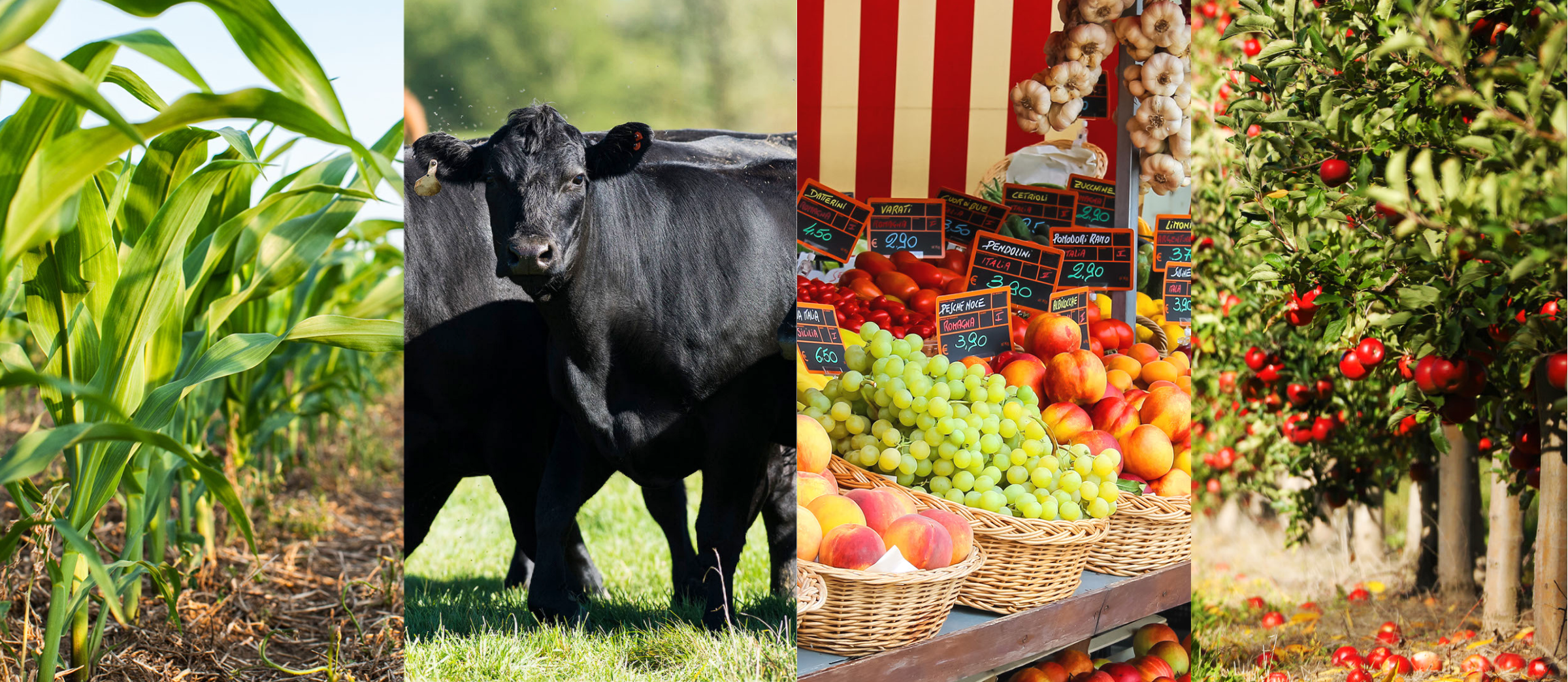The PRIMER Method
The PRIMER Method

The calls or emails start with, “I’m thinking about trying….” and end sometime later with, “What do you think?” For three decades I’ve fielded many of these inquiries. Extension agents get them with incredible frequency. It’s certainly a credit to the Land Grant System and the Cooperative Extension Service that most farm magazine articles about some new topic end with, “For more information, contact your local Extension office.”
Rather than trying to be an expert on every topic, it has proved useful to provide a structure for answering the questions and conducting some analysis. Early in my career I started using a simple acronym, PRIMER, to guide the discussion. In 2000, my colleague in Ag Economics, Tim Woods, and I published the “PRIMER for Selecting New Enterprises for Your Farm.” In publishing parlance this publication has “shelf life.” The principles from 2000 are just as applicable in 2023.
In no particular order of importance, but it makes the acronym easier to remember, the letters represent:
Profitability
Resources
Information
Marketing
Enthusiasm
Risk
Profitability is definitely important unless you want to subsidize the enterprise or call it a hobby. Those are clearly options, but it’s best to know if revenues exceed costs. The publication has two worksheets to help address Profitability.
Resources may be the limiting factor. Or, they may be the reason for considering the enterprise in the first place if there are underutilized resources available. The second statement on the call is often, “I’ve bought this land…” There’s one worksheet to help address the Resource question.
Information is the element that may have changed the most in twenty-some years. The internet has proliferated into the source of all knowledge, it seems. Quantity and quality are different things. There’s another worksheet that inquires about several types of Information, the sources, and the costs.
Marketing is often the most daunting task for many new endeavors and an area for which many are woefully equipped or inclined. There are lots of questions to ask (and answer). There are four worksheets for this important task.
Enthusiasm is the E because Entrepreneurship was too hard to spell, but either way it’s important for a new enterprise. This single worksheet really gets at the Why… why would you start this, and just as important, why would you stop. But, why would’ve messed up the spelling of PRIMER, for sure.
Risk is what you have when you’re not sure, and that’s what initiated the call in the first place. Risk can take a lot of forms. The final worksheet asks how certain you really are and anticipates what might go wrong.
PRIMER was designed to ask the questions, not answer them. That’s often frustrating for those who call wanting easy or simple answers. Sometimes the answer is, “I don’t know.” Or, “I’m not sure.” Both of those responses may be useful. They can tell us something about the difficulty or uncertainty of the new endeavor. The questions that can be answered can serve as the guide to a successful new enterprise.
That’s what “I think about it.”
Recommended Citation Format:
Isaacs, S. "The PRIMER Method." Economic and Policy Update (23):5, Department of Agricultural Economics, University of Kentucky, May 30th, 2023.
Author(s) Contact Information:
